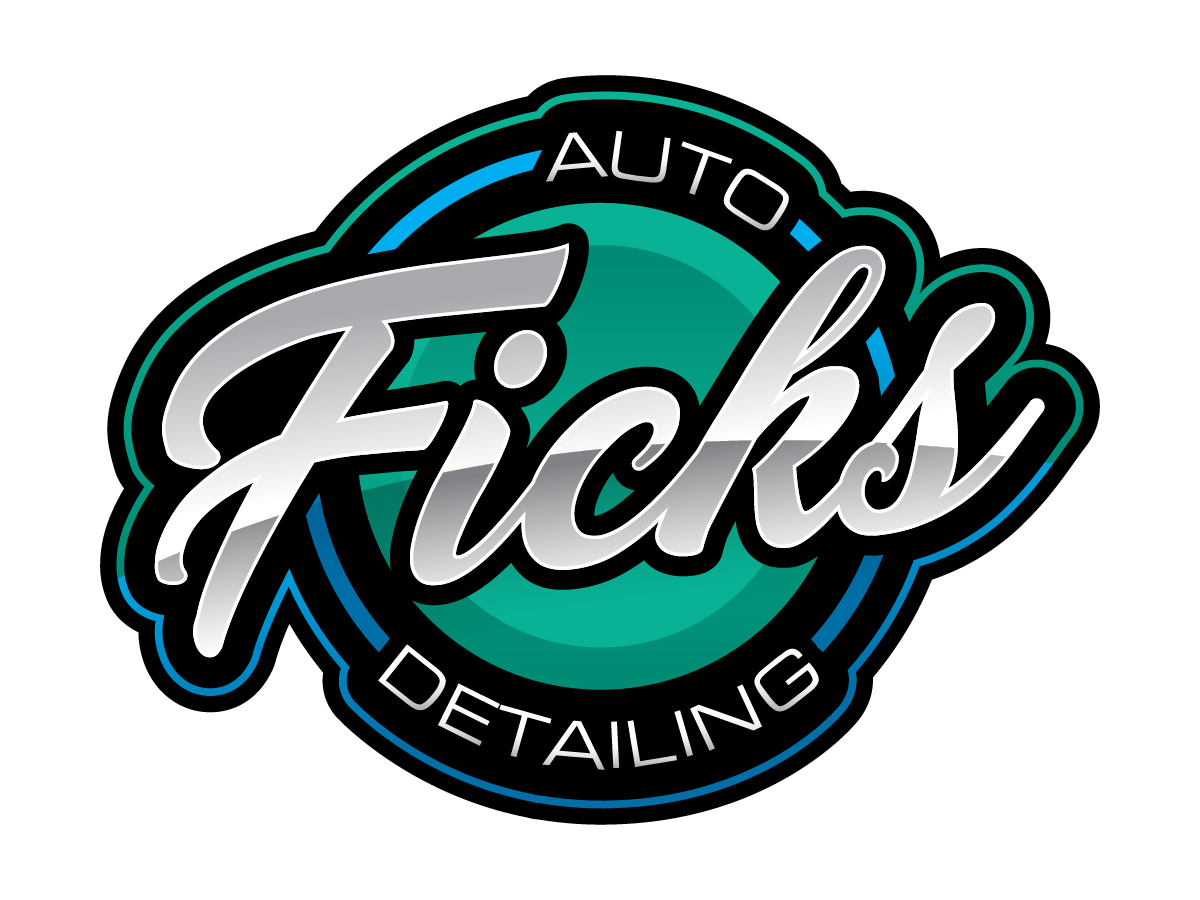The Ultimate Guide to Ceramic Coating: Protect and Enhance Your Vehicle
When it comes to preserving the beauty and longevity of your car’s paint, the ceramic coating has become a popular choice among car enthusiasts and professionals. We will delve into the world of ceramic coatings, exploring their benefits, application methods, and how they can enhance and protect your vehicle. Whether you’re a DIY enthusiast or seeking professional ceramic coating services, this guide will provide you with valuable insights to make informed decisions about protecting your beloved car.
Car ceramic coatings, also known as nano-ceramic coatings or glass coatings, are advanced protective layers applied to a vehicle’s paint surface. Made of silicon dioxide or titanium dioxide nanoparticles, ceramic coatings create a semi-permanent bond with the car’s surface, forming a protective layer that shields it from various environmental contaminants and physical damage. Traditional waxes and sealants can temporarily provide your car with a glossy shine, but ceramic coatings create a stronger and longer-lasting bond.

 How long does the ceramic coating last?
A quality ceramic coating can last up to two years with proper care and maintenance.
Does the ceramic coating rust?
No, ceramic coatings are impervious to rust and corrosion. They act as a barrier to prevent contaminants such as water, dirt, and road salt from coming into contact with the vehicle’s paintwork.
Does the ceramic coating crack?
No, ceramic coatings are highly durable and do not crack or chip. The coating can be damaged by harsh chemicals, abrasive cleaners, or improper application methods.
Is ceramic coating expensive?
The cost of the ceramic coating depends on the brand and type of product you choose. Professional-grade coatings can be more expensive than DIY products. The long-term protection and enhanced shine they provide may make them a worthwhile investment.
Can I apply the ceramic coating myself?
Yes, there are several types of DIY ceramic coatings available on the market. Be sure to read and follow the manufacturer’s instructions carefully for the best results. It’s also a good idea to consult with an automotive professional for advice and assistance when necessary.
How long does the ceramic coating last?
A quality ceramic coating can last up to two years with proper care and maintenance.
Does the ceramic coating rust?
No, ceramic coatings are impervious to rust and corrosion. They act as a barrier to prevent contaminants such as water, dirt, and road salt from coming into contact with the vehicle’s paintwork.
Does the ceramic coating crack?
No, ceramic coatings are highly durable and do not crack or chip. The coating can be damaged by harsh chemicals, abrasive cleaners, or improper application methods.
Is ceramic coating expensive?
The cost of the ceramic coating depends on the brand and type of product you choose. Professional-grade coatings can be more expensive than DIY products. The long-term protection and enhanced shine they provide may make them a worthwhile investment.
Can I apply the ceramic coating myself?
Yes, there are several types of DIY ceramic coatings available on the market. Be sure to read and follow the manufacturer’s instructions carefully for the best results. It’s also a good idea to consult with an automotive professional for advice and assistance when necessary.
Understanding Ceramic Coating
Benefits of Ceramic Coating
Long-Lasting Protection Ceramic car coatings offer exceptional durability, providing long-lasting protection against UV rays, acid rain, bird droppings, tree sap, and other harmful substances. Enhanced Appearance The hydrophobic properties of ceramic coatings create a glossy and reflective surface, giving your car a showroom-like shine. It also helps to resist dirt, dust, and stains, making it easier to maintain a pristine appearance. Superior Paint Protection Ceramic coatings act as a barrier between your car’s clear coat and potential hazards like rock chips, swirl marks, light scratches, and brake dust, minimizing the risk of paint damage. Time and money savings By applying a ceramic coating to your car, you can significantly reduce the need for frequent car washes, waxing, and paint correction services. The long-lasting protection provided by ceramic coatings helps you save time and money in the long run.Application Methods
There are various ways to apply a ceramic paint coating to your vehicle. You can choose between professional ceramic coating services or opt for a DIY ceramic coating kit. Let’s explore both options: Professional Ceramic Coating Seeking the expertise of a professional detailer ensures meticulous surface preparation and a flawless ceramic coating application. Professional detailers have the knowledge, experience, and specialized equipment to achieve the best results. DIY Ceramic Coating Kit If you’re a hands-on enthusiast and enjoy the satisfaction of completing projects yourself, DIY ceramic coating kits are available on the market. These kits typically include the necessary products, such as ceramic coatings, surface preparation materials, and application tools. It is important to follow the instructions carefully and take the time to prepare the surface adequately for optimal results.Application Tips and Techniques
Regardless of the application method you choose, here are some essential tips for applying ceramic coatings: Surface Preparation Thoroughly clean your vehicle’s surface using a clay bar treatment or other paint decontamination methods to remove any embedded dirt, contaminants, or previous wax or sealant layers. Proper application technique Apply the ceramic coating in small sections, ensuring even coverage with a foam applicator or microfiber applicator pad. Follow the manufacturer’s instructions regarding the number of layers and curing time between each application. Curing Period Allow the ceramic coating to cure for the recommended time before exposing your vehicle to water, extreme temperatures, or other potential sources of damage. Regular maintenance While ceramic coating for cars offers long-lasting protection, it’s essential to maintain your vehicle’s appearance by using pH-neutral car washes and a microfiber towel and avoiding harsh chemicals or abrasive cleaning techniques. Reapplication Reapply the ceramic coating every 1-2 years to keep your car looking its best.
Choosing the Right Ceramic Coating
With an array of ceramic paint coating products available, selecting the right one for your car can be overwhelming. Here are a few factors to consider: Quality and Performance Look for reputable brands known for their high-performance ceramic coatings. Check to see if the product is solvent-resistant, hydrophobic, and heat-resistant so you can enjoy maximum protection. Durability Consider products with long-lasting protection against harsh elements such as UV rays, bird droppings, acid rain, road salt, and contaminants. The more durable the ceramic coating, the better. Budget Ceramic coatings vary in price depending on the brand, type of product, and amount needed to cover your vehicle. Consider ceramic coating products that fit into your budget while providing effective protection. Application Process Be sure to follow the manufacturer’s instructions for the proper application process and curing times. This helps ensure optimal results and long-lasting protection. Warranty and After-Sales Support Check if the ceramic coating comes with a warranty or guarantee. A reputable brand will often stand behind its product and offer support in the event of any issues or concerns. Professional Recommendations If you’re unsure which ceramic coating to choose, consult with a professional detailer or automotive expert. They can provide guidance based on their experience and knowledge of different coating options.Maintaining a Ceramic Coating
To ensure the longevity and effectiveness of your ceramic coating, it’s essential to follow proper maintenance practices: Gentle Washing Use pH-neutral car wash soaps and soft microfiber wash mitts or towels to avoid scratching the coating. Avoid automated car washes that use harsh chemicals or abrasive brushes. Regular Maintenance Regularly remove dirt, bird droppings, and other contaminants from the coating’s surface to prevent potential damage. Promptly clean up any spills or stains to maintain the coating’s hydrophobic properties. Avoid harsh chemicals. Refrain from using strong detergents, acidic cleaners, or solvent-based products on your coated vehicle. These can degrade the coating and diminish its protective properties. Periodic Inspection Conduct regular inspections to identify any signs of wear or damage to the coating. Address any issues promptly to prevent further deterioration. Additional Protection While ceramic coatings offer excellent protection, you can further enhance them by using a quality wax or sealant as an additional layer of defense. Ceramic coatings are an excellent way to keep your vehicle looking its best while protecting it against dirt, dust, UV rays, and other contaminants. Follow the tips outlined in this guide to ceramic coating to choose the right product, apply it correctly, and maintain a beautiful finish. With proper care and maintenance, you can enjoy long-lasting protection for your vehicle and keep it looking like new for years to come.Frequently Asked Questions
 How long does the ceramic coating last?
A quality ceramic coating can last up to two years with proper care and maintenance.
Does the ceramic coating rust?
No, ceramic coatings are impervious to rust and corrosion. They act as a barrier to prevent contaminants such as water, dirt, and road salt from coming into contact with the vehicle’s paintwork.
Does the ceramic coating crack?
No, ceramic coatings are highly durable and do not crack or chip. The coating can be damaged by harsh chemicals, abrasive cleaners, or improper application methods.
Is ceramic coating expensive?
The cost of the ceramic coating depends on the brand and type of product you choose. Professional-grade coatings can be more expensive than DIY products. The long-term protection and enhanced shine they provide may make them a worthwhile investment.
Can I apply the ceramic coating myself?
Yes, there are several types of DIY ceramic coatings available on the market. Be sure to read and follow the manufacturer’s instructions carefully for the best results. It’s also a good idea to consult with an automotive professional for advice and assistance when necessary.
How long does the ceramic coating last?
A quality ceramic coating can last up to two years with proper care and maintenance.
Does the ceramic coating rust?
No, ceramic coatings are impervious to rust and corrosion. They act as a barrier to prevent contaminants such as water, dirt, and road salt from coming into contact with the vehicle’s paintwork.
Does the ceramic coating crack?
No, ceramic coatings are highly durable and do not crack or chip. The coating can be damaged by harsh chemicals, abrasive cleaners, or improper application methods.
Is ceramic coating expensive?
The cost of the ceramic coating depends on the brand and type of product you choose. Professional-grade coatings can be more expensive than DIY products. The long-term protection and enhanced shine they provide may make them a worthwhile investment.
Can I apply the ceramic coating myself?
Yes, there are several types of DIY ceramic coatings available on the market. Be sure to read and follow the manufacturer’s instructions carefully for the best results. It’s also a good idea to consult with an automotive professional for advice and assistance when necessary. 
